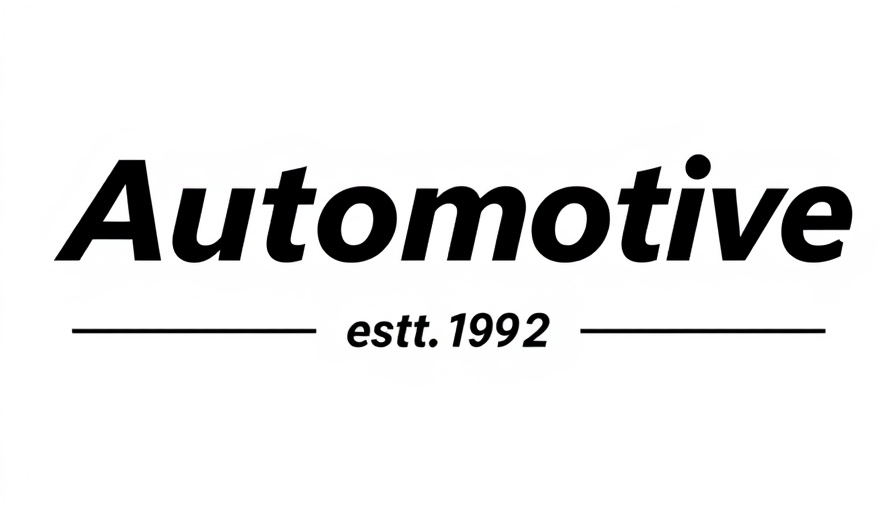
The Importance of Alignment in Dealerships
In the fast-paced automotive industry, aligning sales and marketing functions is crucial for dealership success. When a Chief Revenue Officer (CRO) and Chief Marketing Officer (CMO) can bridge the gap between their teams, dealerships thrive, leading to streamlined operations and increased revenue. The crux of vibrant synergy lies in joint objectives, such as generating leads and converting them into sales—the lifeblood of any dealership.
Strategies for Building Strong Relationships
For alignment to take root, it must begin with a shared revenue mindset. This idea transcends traditional roles; it’s about consistently communicating and prioritizing growth over isolation. Dealerships can adopt tactics from leading businesses, prioritizing revenue-centric language in meetings and decision-making processes. Strategy sessions should define targets and clarify expectations for both the sales and marketing departments. In a successful partnership, both the CRO and CMO must engage in bi-weekly pipeline meetings to address current opportunities and challenges that impact profitability.
Regular Communication is Key
Implementing a structured communication framework is vital. Regular, candid discussions pave the way for addressing issues head-on. Establishing a tiered communication schedule—weekly reviews, bi-weekly assessments of funnel metrics, and monthly strategic evaluation meetings—can lend insight into any potential misalignment. In automotive environments, where urgency is often necessary, being able to swiftly pivot and address issues as they arise is invaluable.
Building a Unified Customer Experience to Drive Success
Successful dealerships can also implement a Unified Customer Experience (UCE) framework to engage sales, marketing, and service departments. Like the effective examples from companies like AppFolio, dealerships can create "Stream Teams"—temporary cross-functional groups designed to tackle specific challenges and drive joint initiatives. This cooperation can invigorate the customer journey, ensuring prospective buyers receive seamless interactions from the first point of contact through to service after the sale.
Real-World Impacts of Aligned Strategies
Insights from successful organizations emphasize the significance of accountability and shared goals. As dealerships work through roadblocks together, they build trust and a robust foundation for future collaborative efforts. There’s a noticeable impact on metrics too; studies show that organizations with aligned teams are 2.3 times more likely to exceed their revenue targets. Thus, those in the automotive sector must recognize that the advantages of operational alignment far exceed the initial investment of time and resources.
In conclusion, when dealership leaders commit to aligning marketing and sales strategies, they not only ensure effective operations but also foster an environment ripe for growth and customer retention. As the automotive industry evolves, those teams willing to collaborate effectively and prioritize revenue will lead the charge in fostering customer loyalty and driving long-term success.
 Add Row
Add Row  Add
Add 

 Add Row
Add Row  Add Element
Add Element 




Write A Comment